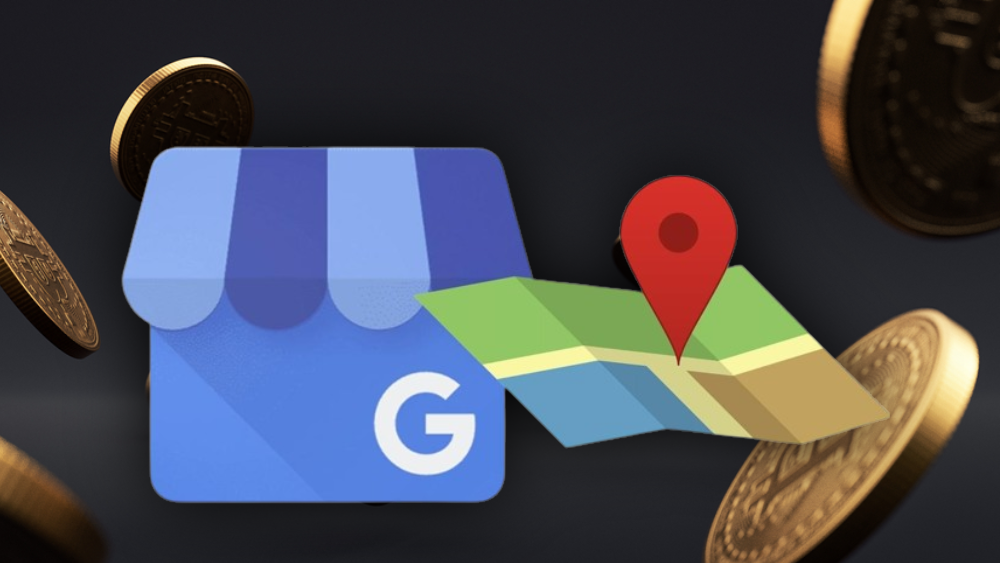A 2018 study done by The Advertising Association confirmed what many marketers have known for some time, that public favorability of ads has hit a low. Also, the sheer amount of marketing that consumers are exposed to daily has caused them to become “ad-blind,” meaning they have trained their brains to ignore content that can be immediately perceived as advertising.
Not only has the volume of ads that people see increased, but large players like Facebook have begun reducing the number of users that marketers can reach organically, forcing you to purchase paid ads to gain new customers on their platform.
Think of Content as a Product
- Content is More than Just a Unit: Think of a piece of content as more than just a single unit in your media strategy; it’s a product that your company produces that leads to the eventual sale of other products or services and increases your brand awareness.
Boost Brand Awareness
- Volume and Quality of Content: As the internet has grown, so too has the requisite volume of content to break through the noise and make your brand relevant and recognizable to audiences. If you or your staff don’t have the time or knowledge of how to go about creating and publishing content, it may be necessary to hire a new employee or an agency to handle aspects of this process.
- Cultural Integration: Creating content should become a part of your company’s culture whether you are a B2B or B2C business.
- Scaling Content Output: As your business grows, your content output should scale alongside it.
- Daily Output Necessity: Daily output is a necessity, and this is feasible on even the most meager marketing budgets with the right strategy.
- Focus on Value Over Virality: Avoid focusing on the idea of your content “going viral” and instead pay more attention to providing valuable content that entertains, inspires, or in some way enhances the lives of your audience. The content you publish should convey that your brand understands the customer’s values and desires more than the competitors.
Trial and Error in Content Strategy
- Initial Content Selection: The content that you initially choose to post will mainly be trial and error, but as you continue to publish, you’ll begin to identify what gains you the most engagement and shares.
Conclusion
- Test and Explore: Test and explore what does and doesn’t work and build your content strategy based on your findings. Branded content doesn’t have to completely replace your traditional advertising, but it should account for the bulk of your budget.
- Distribution Channels: Whether publishing through your own channels or relying on influencers to distribute your content, what’s most important is that you get it out there, and start increasing your brand awareness.
Build Trust and Authority
- Establish Expertise: In a world where consumers are bombarded with ads, trust is the new currency. By creating valuable content, you position yourself as an expert in your field. Share your knowledge through blog posts, podcasts, or videos. This not only helps potential customers but also establishes you as a go-to resource in your industry.
- FAQ: Isn’t content creation time-consuming?
- Answer: While it does require effort, the long-term benefits far outweigh the initial investment. Start small and scale up as you see results.
- FAQ: Isn’t content creation time-consuming?
Boost Your SEO and Online Visibility
- SEO Benefits: Search engines love fresh, relevant content. By regularly publishing quality material, you’re giving search algorithms more reasons to rank your site higher. This increased visibility can lead to more organic traffic and potential customers finding you without paid advertising.
- Statistic: Businesses that blog get 55% more website visitors than those that don’t. (HubSpot)
Foster Customer Relationships
- Engagement and Community: Media content allows you to engage with your audience on a deeper level. Respond to comments, ask for feedback, and create a community around your brand. This two-way communication builds loyalty and turns customers into brand advocates.
- FAQ: How do I know what content my audience wants?
- Answer: Listen to your customers, analyze your website data, and don’t be afraid to ask directly through surveys or social media polls.
- FAQ: How do I know what content my audience wants?
Cost-Effective Marketing
- Budget-Friendly: Traditional advertising can be expensive, especially for small businesses. Creating your own media content is often more budget-friendly and has a longer shelf life. A well-crafted blog post or video can continue to attract customers long after it’s published.
- Statistic: Content marketing costs 62% less than traditional marketing and generates about 3 times as many leads. (DemandMetric)
Diversify Revenue Streams
- Monetization Opportunities: As your content grows in popularity, new opportunities may arise. Sponsored content, affiliate marketing, or even paid subscriptions could become additional income sources. Your media efforts might evolve into a significant part of your business model.
- FAQ: Do I need to be on every social media platform?
- Answer: Focus on the platforms where your target audience is most active. Quality over quantity is key.
- FAQ: Do I need to be on every social media platform?
Transforming your small business into a media company isn’t just a trend—it’s a necessity in today’s digital landscape. By creating valuable content, you build trust, improve visibility, deepen customer relationships, market cost-effectively, and potentially open new revenue streams. Don’t let your competitors steal the spotlight. Start your media journey today and watch your small business grow into a powerhouse in your industry





